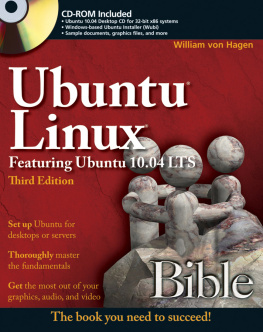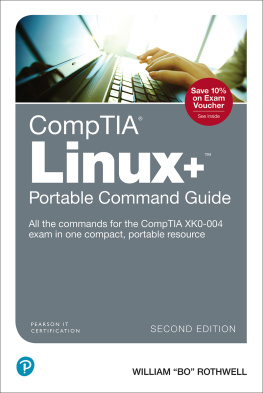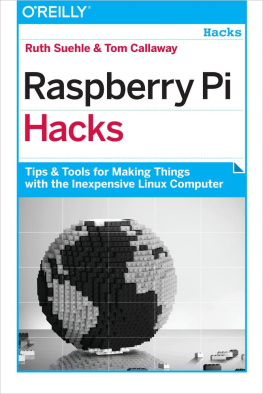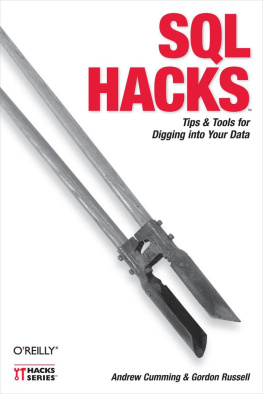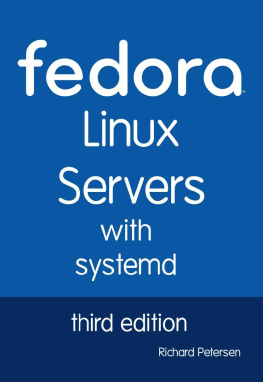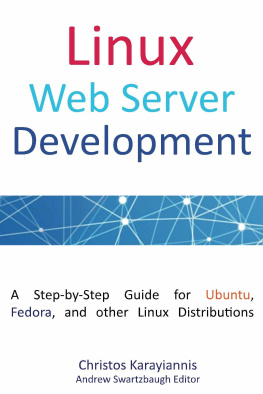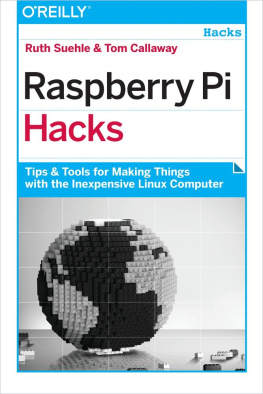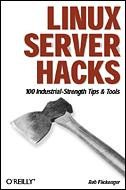About the Authors
Bill von Hagen has been a Unix system administrator for 20 years and a Linux fanatic since 1993. He has also worked as a systems programmer, product manager, writer, application developer, drummer, and content manager.
Bill has written or cowritten books on such topics as Linux filesystems, SUSE Linux, Red Hat Linux, GCC, SGML, Mac OS X, Linux system administration, and hacking the TiVo. He has written numerous articles on Linux, Unix, and open source topics for publications including Linux Magazine, Linux Journal, Linux Format , and Mac Format . An avid computer collector specializing in workstations, he owns more than 200 computer systems and wants more. You can reach him at .
Brian K. Jones (Jonesy) has been a Unix and Linux system and network administrator for six years. He has also held positions and consulted in the capacity of database administrator, web developer, project manager, instructional speaker, technical writer and editor, and studio musician, for clients large and small.
In the past, Brian has written extensively on topics revolving around Linux and open source software for Linux.com, Newsforge , and Linux Magazine , and he has served as author and Editor-in-Chief of php|architect magazine. In his copious free time (right), Brian enjoys playing billiards and guitar, woodworking, and writing code. He has worked as a system and network administrator for the computer science department at Princeton University since 2001, and as a part-time infrastructure computing consultant since 2000. You can reach him at .
Acknowledgments
Bill : For my wife, Dorothy Fisher, without whom life wouldn't be anywhere near as good or as much fun, and for Mike Bauer, Bill Gaussa, and Larry Weidman, who gave me many professional opportunities and encouraged me to expand my horizons. I'd also like to thank David Brickner, without whom I never would have finished this book (well, at least not this year) and for the opportunity to write for O'Reilly in general. Without David's suggestions, comments, and general support, this would be a lesser book.
Finally, no book having to do with GNU/Linux would be complete without thanking Richard Stallman, Linus Torvalds, and the open source community in general. I'd also like to thank my coauthor, Brian Jones, for making this book better than it would have been without him.
Brian : For my wife, Natasha, who has supported and encouraged me in all of my ambitions and goals, and has dealt with my nonsense while in pursuit of said ambitions and goals. Also for my siblings: Heather, for forcing me to pursue computing as a career; Jessica, for being almost sickeningly positive and encouraging; Jon, for keeping me on my toes; and Russell, without whom I might've self-destructed long ago.
A hearty thanks goes to David Brickner, who offered me the opportunity to write for O'Reilly, and whose even keel, firm hand, and sheer diligence have made this a wonderful experience. I'd also like to thank all the folks at OSTG, TriLUG, and php|architect, for being friends of mine; Matt Appio, for making me take occasional fishing breaks; and my coworkers at Princeton, for teaching me far more than I could ever list here.
To Linus Torvalds and the rest of the open source community: thank you so much for all your work.
Preface
Both authors of this book have been system administrators for a while. When the opportunity to write this book came about, we initially focused on cool hacks we'd developed or used in our server and system administration careers. We also asked friends, who asked their friends, and we were therefore able to get some great contributions from others to augment the things that we'd come up with. Everybody has problems they like to solve. Bill likes distributed authentication, undeleting and recovering files, and tweaking filesystems in general. Brian likes making admin tasks more efficient, reliable, and repeatable; has a bucketload of cool scripts to do various tasks; and loves getting and using data from remote sources. And every sysadmin has favorite techniques for solving problems, so Hack is to Hacker as Cool Tip or Technique is to Server or System Administrator. Sysadmin hacks are essentially clever ways of approaching whatever problem you're trying to solve, whether it's figuring out how to recover lost data, trying to collect information from distributed clients in one place so that you can easily see the big picture or anything else that comes up.
As we worked on this book, thinking about cool server and sysadmin hacks mutated into thinking about general tips and tricks that we found useful to simplify our lives as system administrators. We also noticed that there weren't really any books available along the lines of "Things We Wish Previous System Administrators Had Told Us." Leaving aside obvious questions like "where is the key to the RAID array" and "what was the root password on ," we decided to "hack the Hacks series" a bit and incorporate some general sysadmin information, tips, and tricks as another of this book's primary themes. This means that we provide a bit more background material than you ordinarily see in Hacks books. You're not going to hurt our feelings if you skip over things you already know, but we hope that all the material will be found useful by some of our readers. We could have used it years ago, and as Mr. Rogers used to say, "It's nice to share."


